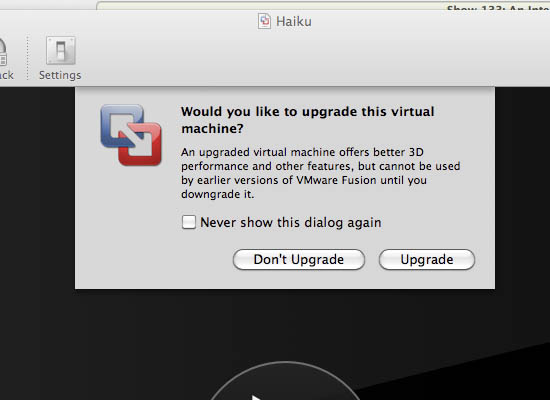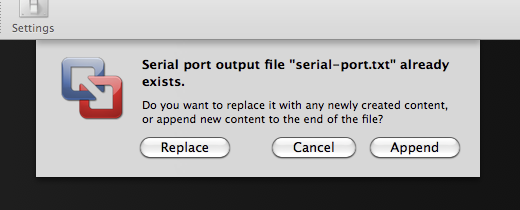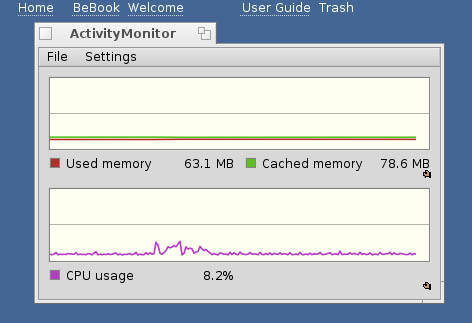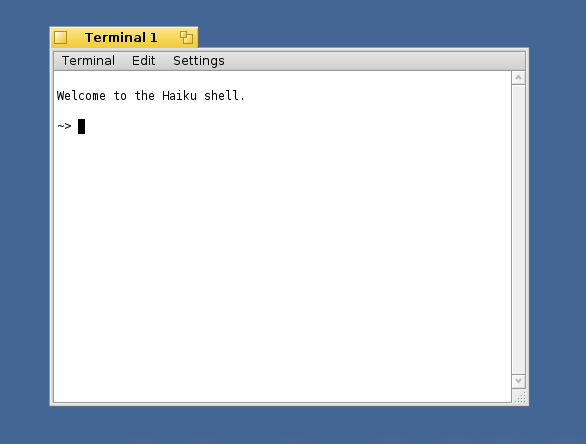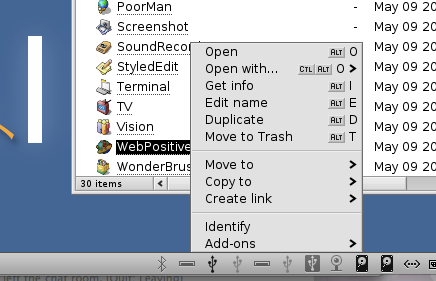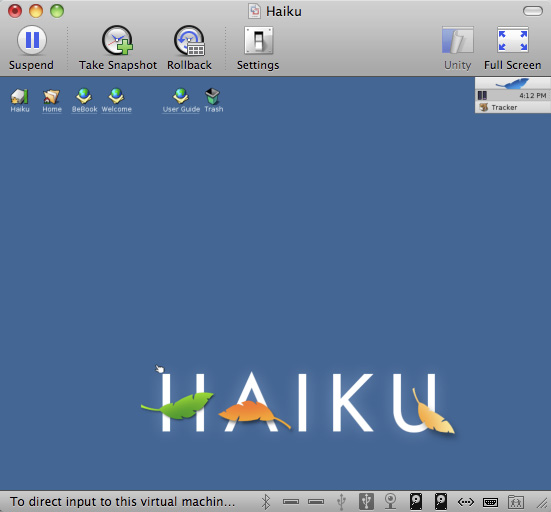The other day I installed Gentoo on an old Celeron 466MHz and it was quite an adventure. Today, I’m attempting to install it in a far more useful capacity as a virtual machine under VMware Fusion. The first thing I did was create a new virtual machine. There is no template for Gentoo so I tweaked the settings a bit. I gave it 512MB ram, 30GB hard drive and set it to “generic linux 2.6.X kernel”. I set it to boot from the minimal ISO that I used to burn the CD for the other day. After I was booted up, I ran a couple of benchmarks. Thankfully this system is several orders of magnitude faster than a Celeron 466MHz.
Using fdisk, I created my 3 partions:
/boot /dev/sda1
swap /dev/sda2
/ /dev/sda3
Then I did my mkfsing:
mke2fs /dev/sda1
mke2fs -j /dev/sda3
mkswap /dev/sda2 && swapon /dev/sda2
Now it was time to snag my stage file. This time instead of wget, I used links:
links gentoo.org
I hit the downloads link, then hit the stages button next to i686 and found the most recent stage3-i686 tar.bz2 file and downloaded it. After that, I untarred it:
tar -xpjf s<TAB>
Next, I changed snagged the latest portage via links and untarred that:
cd usr
links distfiles.gentoo.org/snapshots
tar -xpjf p<TAB>
Then it’s time to chroot:
livecd / # mount -t proc proc /mnt/gentoo/proc
livecd / # mount -o bind /dev /mnt/gentoo/dev
livecd / # cp -L /etc/resolv.conf /mnt/gentoo/etc/
livecd / # chroot /mnt/gentoo /bin/bash
livecd / # env-update && source /etc/profile
Then I set the timezone:
cp /usr/share/zoneinfo/America/Los_Angeles /etc/localtime
After that, it’s time to fix up the hostname:
cd /etc
echo “127.0.0.1 gentoo.notanon.com gentoo localhost” > hosts
sed -i -e ‘s/HOSTNAME.*/HOSTNAME=”gentoo”/’ conf.d/hostname
hostname gentoo
Now for the kernel. I didn’t do a lot of tweaking with the kernel this time around. I just added ext2 support and a couple of extra modules I want to experiment with.
emerge gentoo-sources
cd /usr/src/linux
make menuconfig
time make -j2
make modules_install
cp arch/i386/boot/bzImage /boot/kernel
Then I editted the /etc/fstab to look something like this:
/dev/sda1 /boot ext2 noauto,noatime 1 2
/dev/sda3 / ext3 noatime 0 1
/dev/sda2 none swap sw 0 0
Then I installed cron, syslog, grub dhcpcd:
time emerge syslog-ng vixie-cron grub dhcpcd
rc-update add syslog-ng default
rc-update add vixie-cron default
After that it’s time to nano /boot/grub/grub.conf:
default 0
timeout 10
title Gentoo
root (hd0,0)
kernel /boot/kernel root=/dev/sda3
Then I ran grub and entered:
root (hd0,0)
setup (hd0)
quit
After this, supposedly it’s time to unchroot, cross my fingers and reboot:
exit
umount /mnt/gentoo/dev /mnt/gentoo/proc /mnt/gentoo/boot /mnt/gentoo
reboot
Alas, it didn’t work. I’ve yet to nail a Gentoo installation on the first attempt but this time I was much closer. I ended up finding a wiki on installing Gentoo in a VM. I rebuilt the kernel with some of the suggestions that were stated in the wiki and that did the trick.



